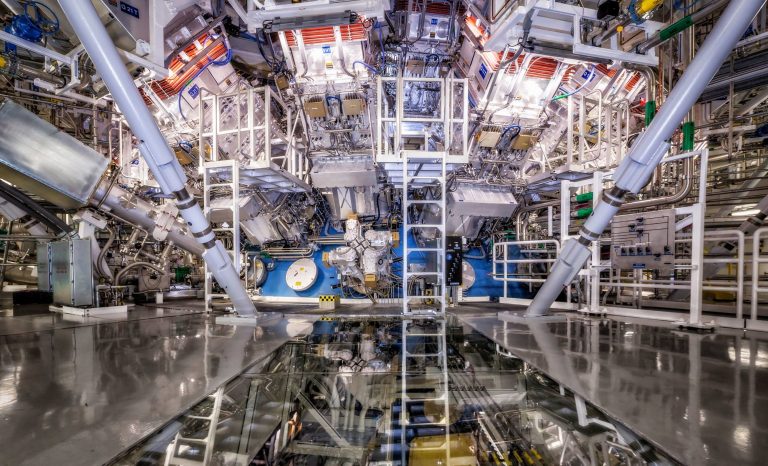
In the global arena, the race to develop fusion power has intensified, with the United States and China at the forefront of this technological pursuit. Fusion power, the process that fuels the stars, represents a potential source of almost limitless, clean energy, and the nation that first harnesses this power could dominate the energy landscape of the future.
The United States, historically a leader in nuclear fusion research, has made significant strides in recent years. The Department of Energy’s 10-year plan, initiated in 2022, aimed to consolidate fusion-related work under a single program to streamline research, development, and demonstration activities. This plan was part of a broader vision to accelerate the commercial viability of fusion energy, with the goal of demonstrating an operating fusion pilot plant by the 2030s.
China, on the other hand, has been rapidly closing the gap. With an annual investment of approximately $1.5 billion in fusion technology—nearly double the U.S. government’s yearly fusion budget—China is making its ambitions clear. The Chinese government has included nuclear fusion development in its annual government work reports and is actively working on amending its Atomic Energy Law to regulate and promote the fusion industry.
Register for Tekedia Mini-MBA edition 19 (Feb 9 – May 2, 2026): big discounts for early bird.
Tekedia AI in Business Masterclass opens registrations.
Join Tekedia Capital Syndicate and co-invest in great global startups.
Register for Tekedia AI Lab: From Technical Design to Deployment (next edition begins Jan 24 2026).
The race for fusion power is not just about energy; it’s also about geopolitical influence and environmental stewardship. As the world grapples with the climate crisis, fusion energy presents a promising zero-carbon-emitting solution. The International Atomic Energy Agency highlights the incredible energy yield of fusion, which could generate four times more energy per unit of fuel weight than nuclear fission and nearly 4 million times more than oil or coal.
Both nations are aware of the stakes. At the 2023 United Nations Climate Change Conference (COP28), the U.S. unveiled a new international partnership initiative on nuclear fusion, involving 35 country partners. This initiative underscores the growing recognition of fusion power as a viable climate solution and a critical component of the 21st-century energy mix.
One of the primary challenges is achieving and maintaining the extremely high temperatures necessary for fusion to occur—temperatures that are multiple times hotter than the core of the sun. At such high temperatures, matter exists in a state known as plasma, where electrons are stripped from atoms, creating a mix of charged particles. Containing this plasma long enough to extract energy requires sophisticated magnetic confinement techniques, such as those used in tokamaks and stellarators.
Another significant hurdle is the engineering complexity involved in building a reactor that can withstand the intense conditions inside a fusion device. The materials used must be able to endure prolonged exposure to high heat and energetic neutrons without degrading.
Economic factors also play a role, as the development of fusion power requires substantial investment in research, technology, and infrastructure. The costs associated with running experiments and maintaining facilities can be prohibitively high.
Despite these challenges, the potential benefits of fusion power—such as its ability to provide a nearly limitless source of clean energy—are driving global efforts to make it a reality. With continued research and international collaboration, the dream of fusion power could one day light up our cities and power our industries, transforming the way we use energy forever.
The technological advancements in fusion energy are not occurring in isolation. They are being propelled by breakthroughs in high-temperature superconductors, advanced materials, and artificial intelligence. These innovations could further accelerate the development of fusion power, bringing the dream of a fusion-powered future closer to reality.
As the U.S. and China continue their pursuit of fusion power, the world watches with anticipation. The race is not only a testament to human ingenuity and the quest for sustainable energy but also a reminder of the collaborative effort required to address the global energy challenge. The nation that crosses the finish line first will achieve a monumental scientific and engineering feat, but the true victory will be shared by all of humanity as we unlock a cleaner, more abundant energy source for generations to come.



